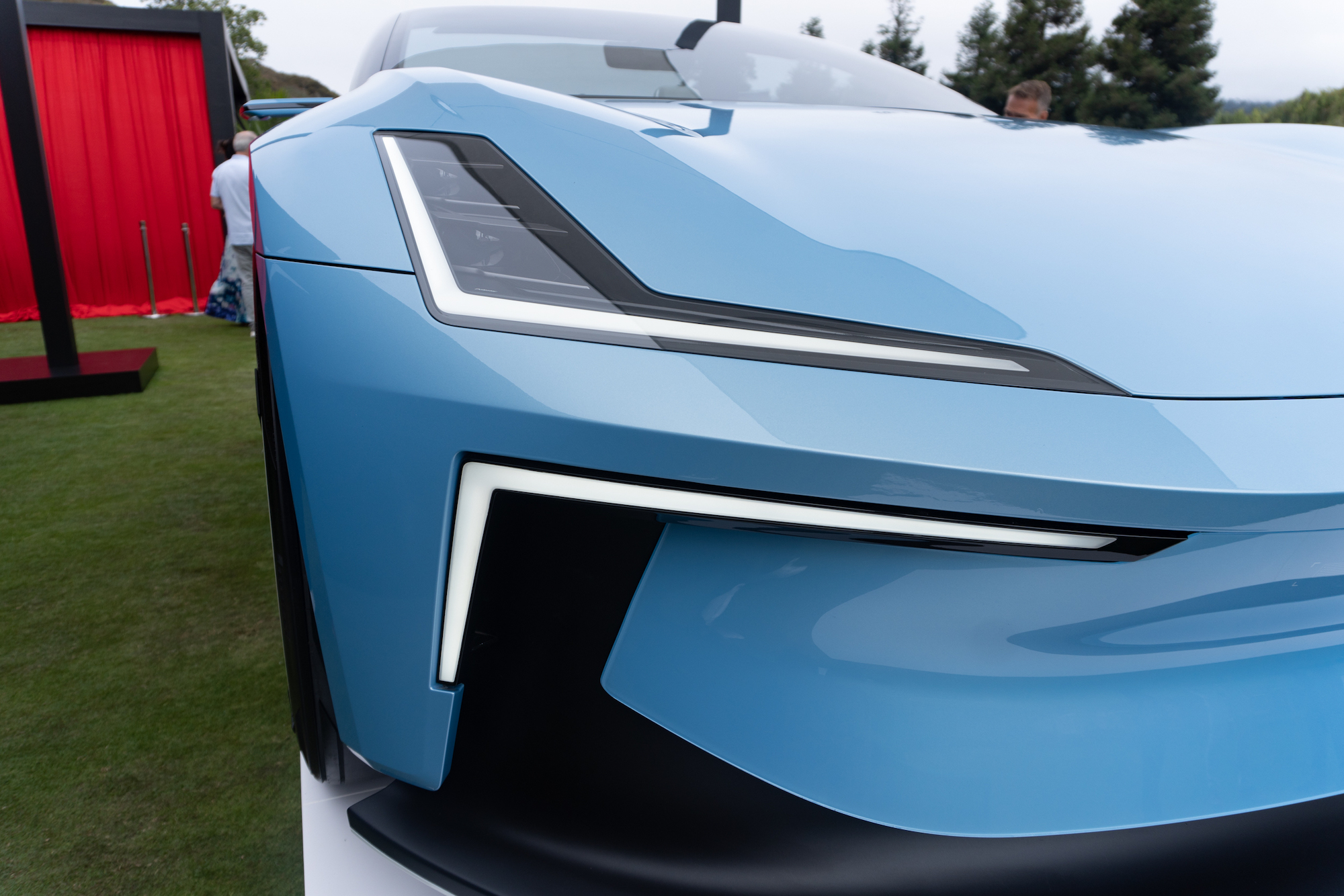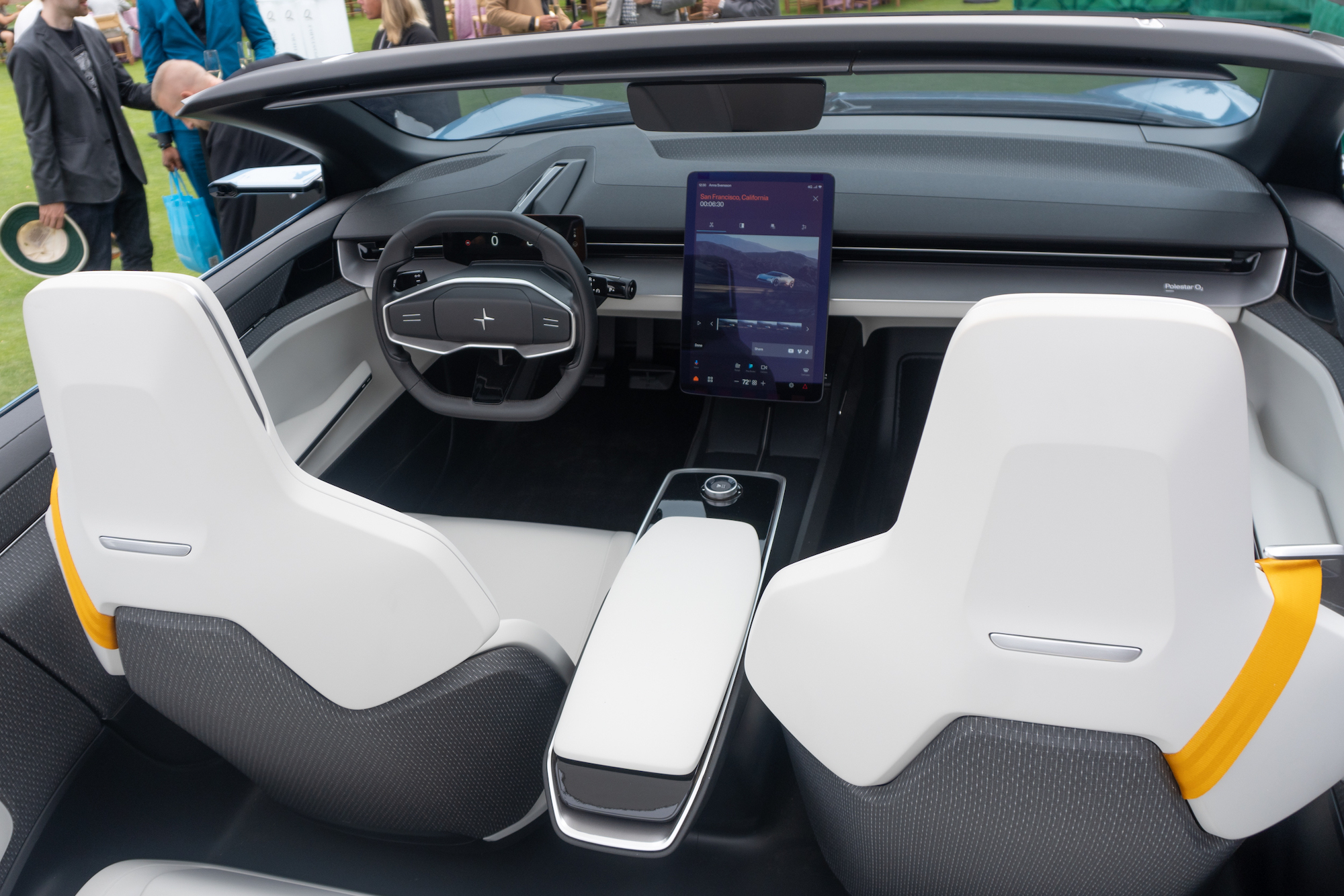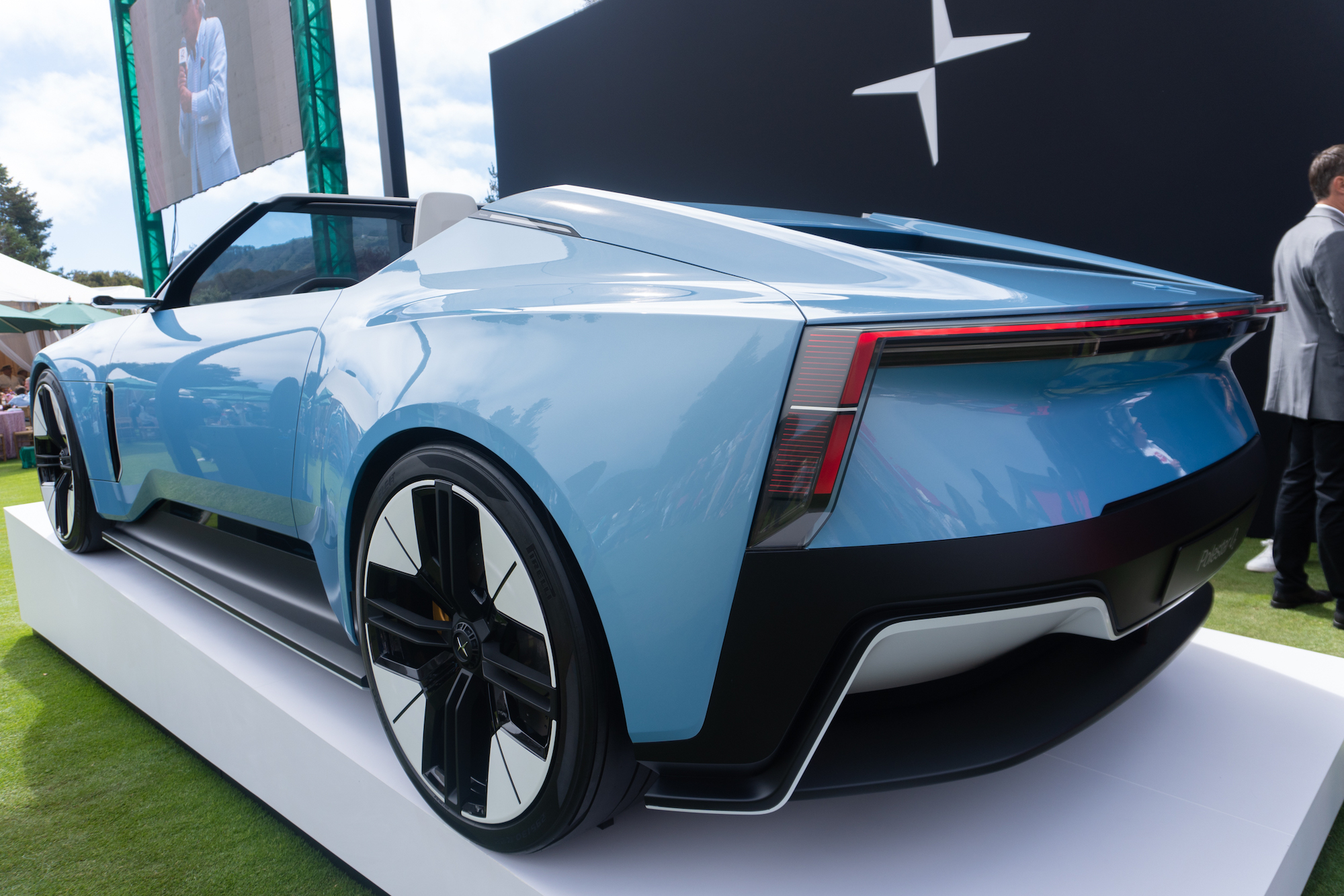In its five years as a standalone automaker, Polestar has placed into production two vehicles and announced the delivery schedule of four additional vehicles. The latest, the Polestar 6, is an electric roadster that’s due to hit the road in 2026. It’s an impressive pace for a new company.
While some of that success can be credited to the design and performance of the vehicles, Polestar CEO Thomas Ingenlath understands the company will have to offer more than beautiful metal on four wheels. These days, automated driving technology, bidirectional charging and other features are on his mind.
Speaking on the sidelines of the annual Quail automotive gathering held during Monterey Car Week, Ingenlath told TechCrunch that design has always been an important part of the brand. (and it should, Ingenlath was an automotive designer before taking the helm of Polestar.) For instance, the success of the latest generation Volvo XC90 and XC40 (Volvo is a parent company of Polestar), showed that Scandinavian design could succeed.
Today, the company is looking far beyond aesthetics as it plots its aggressive rollout.

The Polestar 6 roadster EV shown at Quail automotive gathering held during Monterey Car Week. Image Credits: Roberto Baldwin
Energy solutions
For Ingenlath, the vehicles are more than just a way to get around town.
“The mobility question is people are far too fixated on using their car. I mean, that is to say, people of course have to become much more flexible,” Ingenlath said.
Using other modes of transportation to get around town might make more sense but it does lead to the dreaded stationary vehicle. Mobility startups have long lamented the wasted time and money spent on vehicles that just sit around.
Ingenlath doesn’t see it that way. He sees value in the parked EV.
“The battery that we have in there will be a crucial part of the energy solution for the future because you need it as a buffer,” he noted, pointing to the Polestar O2 Concept that will eventually become the Polestar 6 Roadster.
The company has announced that vehicle-to-load (aka bidirectional charging) is coming to their vehicles. Ingenlath told TechCrunch it will be available on the next generation of vehicles from Polestar.
A Polestar would send energy back into the grid (potentially reducing the owner’s electric bills) to help sustain the integrity of the system during peak usage. This is especially relevant when the house has solar panels and is generating more electricity than the house is using. The car would also be a backup battery during power outages.
While there is the desire to hoard that energy generated by the sun for yourself, Ingenlath sees this more as a community solution.
“We have to feed into the grid and we cannot all isolate ourselves and become this kind of isolated unit,” he said. “We have to work together on it.”
Top-down automated driving
Of course, not everyone has the luxury of a robust public transportation system and they still have to commute to work.
For them, the vehicles will eventually offer some type of automated driving, according to Ingenlath.
“Our cars have to be able in the future to enable the type of experience of being in control and having that ride experience. But, at the same time having that comfort feature of switching off (as a driver) and becoming a more integrated part of an autonomous drive,” Ingenlath said.
The upcoming Polestar 3 SUV will have a lidar sensor (as well as radar and cameras) to support a hands-free driver assistance system.
While true autonomous driving is likely still years away for consumer vehicles, Polestar is outfitting its vehicles with multiple sensors to help it see down the road in various conditions.
What’s in a name
“I have seen too many painful name-giving processes in the car industry to ever get into it.”
Unlike Volvo which announced that its future vehicles will get names instead of alphanumeric monikers, Polestar is sticking with its numerical sequence nomenclature.
Ingenlath is happy to call the vehicles what they are. For example, the Polestar 6 roadster. Plus, he notes that as soon as you come up with a name, there’s always the possibility of it infringing on another company and frankly, he’s not into that sort of headache.
Instead, the CEO sees a world with Polestars not just on the road impressing other drivers with their design, but also at home helping power the grid. Car company CEOs don’t typically recommend leaving a car at home for the good of society.
Ingenlath’s vision for Polestar has resonated with the market; maybe his vision of community-based energy solutions will as well.

















 English (US) ·
English (US) ·